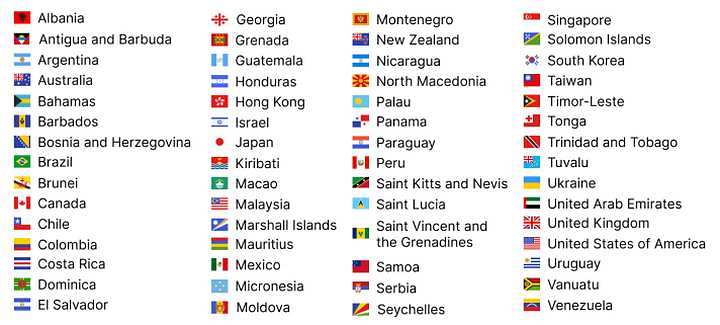
Plans for ETIAS arose 4 years ago, when the video was made. THE EES was promoted around the same time but both have been delayed.
If you are travelling to the EU after May 1st 2023, you may have expected to be using the EES (Entry/Exit System) but the launch has been postponed. The approach will not be used before the end of 2023, there is no precise date.
ETIAS (The European Travel Information and Authorisation System) is a new EU wide entry permission system, for visitors eligible for non-visa, short term stays. The latest date give for activation is November 2023.
The initiatives are meant to work together, to make travel easier and improve security. EES is however a wider scheme, which will apply to travellers holding a Schengen Zone visa, or valid ETIAS authorisation.
Principles Of ETIAS
Some elements are similar to ATA carnets. Your country of arrival needs to be named but you can them travel across the EU. Once you obtain ETIAS authorisation, this can be used for multiple trips without reapplying.
A difference is time scales. ETIAS lasts for 3 years, or for as long as the passport you used to apply is valid for, if that is shorter. You can remain within the EU on ETIAS for up to a total of 90 days in a 180 day period.
Citizens of the 60 countries below are currently eligible for the ETIAS scheme, including the UK:

Bear in mind that ETIAS is not a visa, simply an alternative to facilitate travel. This does not allow you to work within the EU, although is fine for attending a meeting, or business conference.
Applications will be online and take 15 to 20 minutes. A valid, machine readable (most now are) passport is needed, along with the provision of personal details, contact points, background information and a fee of 7 Euros.
The EES In Practice
ETIAS is for arrivals from certain countries but EES applies to all third country EU visitors, whether travelling on ETIAS authorisation, or a Schengen visa.
THe basis of EES is biometric, using fingerprints and facial recognition. Having a biometric passport from your own country is not sufficient, visitors will need to go through a photo type kiosk on arrival.
Along with improving entry security and monitoring duration of stay, the plan is to ultimately speed up travel to the EU. As countries involved in trials have stated, this will not be the case initially.
Looking To The Future
European destinations continue to be popular with UK holidaymakers and business travel will remain essential. Large scale IT systems being delayed is hardly new but ETIAS and EES will become part of travel to the EU.
Even though details may yet change, the outline we offered will form the basis of both systems. As third country citizens, people from the UK are obliged to use them, as they would if visiting countries such as the US.
We will wait to see if the automated border plan does make travel quicker. From trials of digital ATA carnets for the EU, we already know that time can be saved, perhaps the same can apply for general travel.

